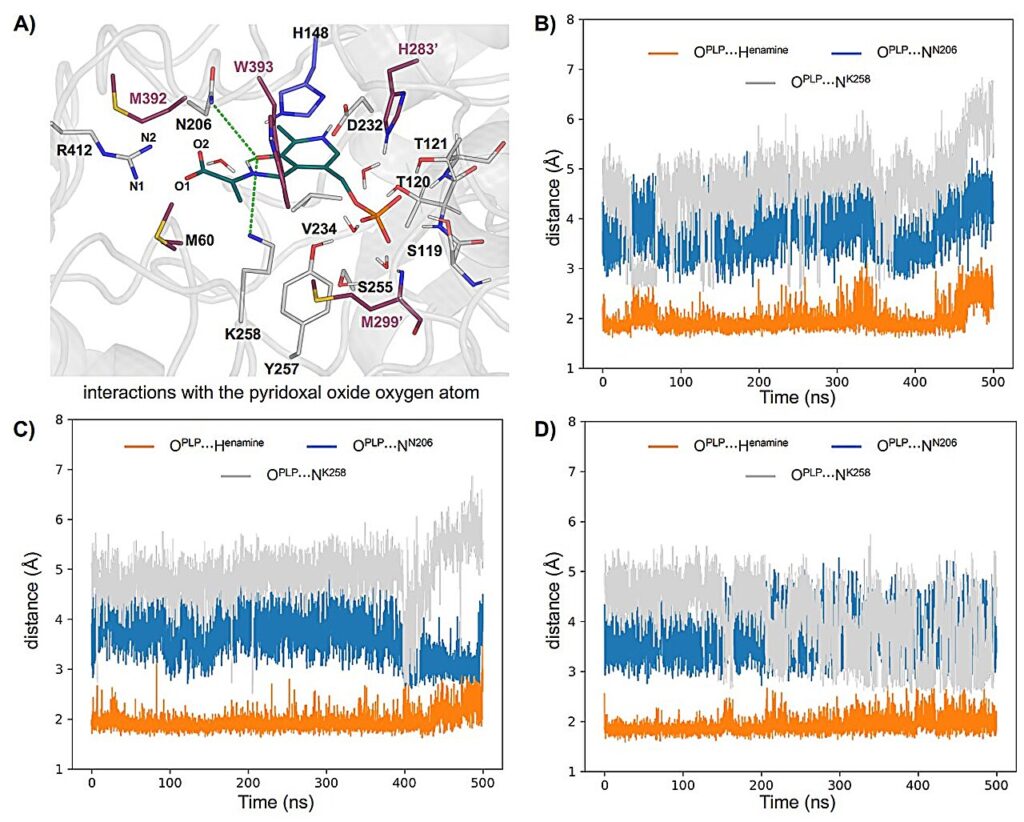
In a groundbreaking development, researchers have unveiled a novel biocatalytic method that significantly expands the possibilities for drug discovery. This pioneering approach, detailed in the journal Science, was spearheaded by Professor Yang Yang from UC Santa Barbara, alongside an international team of collaborators. Their work introduces an enzymatic multicomponent reaction capable of generating six distinct molecular scaffolds, many of which were previously inaccessible through conventional chemical or biological methods.
“The ability to generate novelty and molecular diversity is particularly important to medicinal chemistry,” stated Professor Yang. “For a long time, biocatalysis was considered as a field of relevance mainly to the large-scale production of valuable specialty chemicals. Our work suggests that new biocatalytic methods can now find applications in discovery chemistry, through accelerated combinatorial synthesis of novel molecules.”
Diversity-Oriented Synthesis: A New Frontier
Diversity-oriented synthesis (DOS) aims to create a structurally varied library of molecules that can be screened for beneficial biological and chemical properties. Unlike traditional target-oriented synthesis, which focuses on specific targets, DOS prepares a broad array of potential options, increasing the likelihood of discovering novel bioactive compounds.
At the heart of these biologically active compounds lies the carbon-carbon bond, the backbone of all organic chemistry. Mastery over the creation and manipulation of these bonds can lead to the development of powerful new molecules and compounds. The UCSB team, in collaboration with Professor Peng Liu’s research group at the University of Pittsburgh, has proposed a combinatorial process that utilizes enzymes and sunlight-harvesting catalysts to produce novel molecular scaffolds with rich and well-defined stereochemistry.
Enzymes and Synthetic Catalysts: A Powerful Synergy
“Enzymes are nature’s privileged catalysts,” explained Yang. Having evolved over millions of years, enzymes are typically powerful, efficient, and specific in their interactions with substrates. However, they are limited by the range of substrates they can act upon and the conditions under which they operate. In contrast, synthetic catalysts are more versatile but lack the efficiency and selectivity of enzymes.
The innovative method developed by Yang’s team seeks to harness the best of both worlds. By combining the efficiency and selectivity of enzymes with the versatility of synthetic catalysts, the researchers have achieved a concerted chemical reaction process. This process involves photocatalytic reactions that generate reactive species, which then participate in a larger enzymatic catalysis cycle to produce six novel products through carbon-carbon bond formation with remarkable enzymatic control.
“Through enzyme-photocatalyst cooperativity, using a radical mechanism, we developed novel multicomponent biocatalytic reactions which were both unknown in chemistry and biology,” Yang remarked. “These enzymes are surprisingly general and can function on a wide range of substrates. This allowed us to carry out one of the most complex multicomponent enzymatic reactions my team has developed.”
Collaborative Efforts and Future Implications
This research was a collaborative effort involving Chen Zhang, Jun Zhou, and Silvia M. Rivera from UCSB; Pei-Pei Xie and Turki M. Alturaifi from the University of Pittsburgh; and James Finnegan and Simon Charnock from Prozimix Ltd. in the UK. The study, titled “Diversity-oriented photobiocatalytic synthesis via stereoselective three-component radical coupling,” is expected to open new avenues in the field of drug discovery.
The implications of this research are vast. By enabling the synthesis of novel molecules with potential medicinal properties, this method could accelerate the discovery of new drugs and therapeutic agents. The ability to efficiently and selectively create diverse molecular libraries offers a significant advantage in the search for compounds that can effectively interact with biological targets or probe biological processes.
As the scientific community continues to explore the potential of biocatalysis in discovery chemistry, this innovative method represents a significant leap forward, bridging the gap between traditional chemical synthesis and modern biotechnological approaches. The future of drug discovery may very well be shaped by these groundbreaking advancements in biocatalytic methods.





